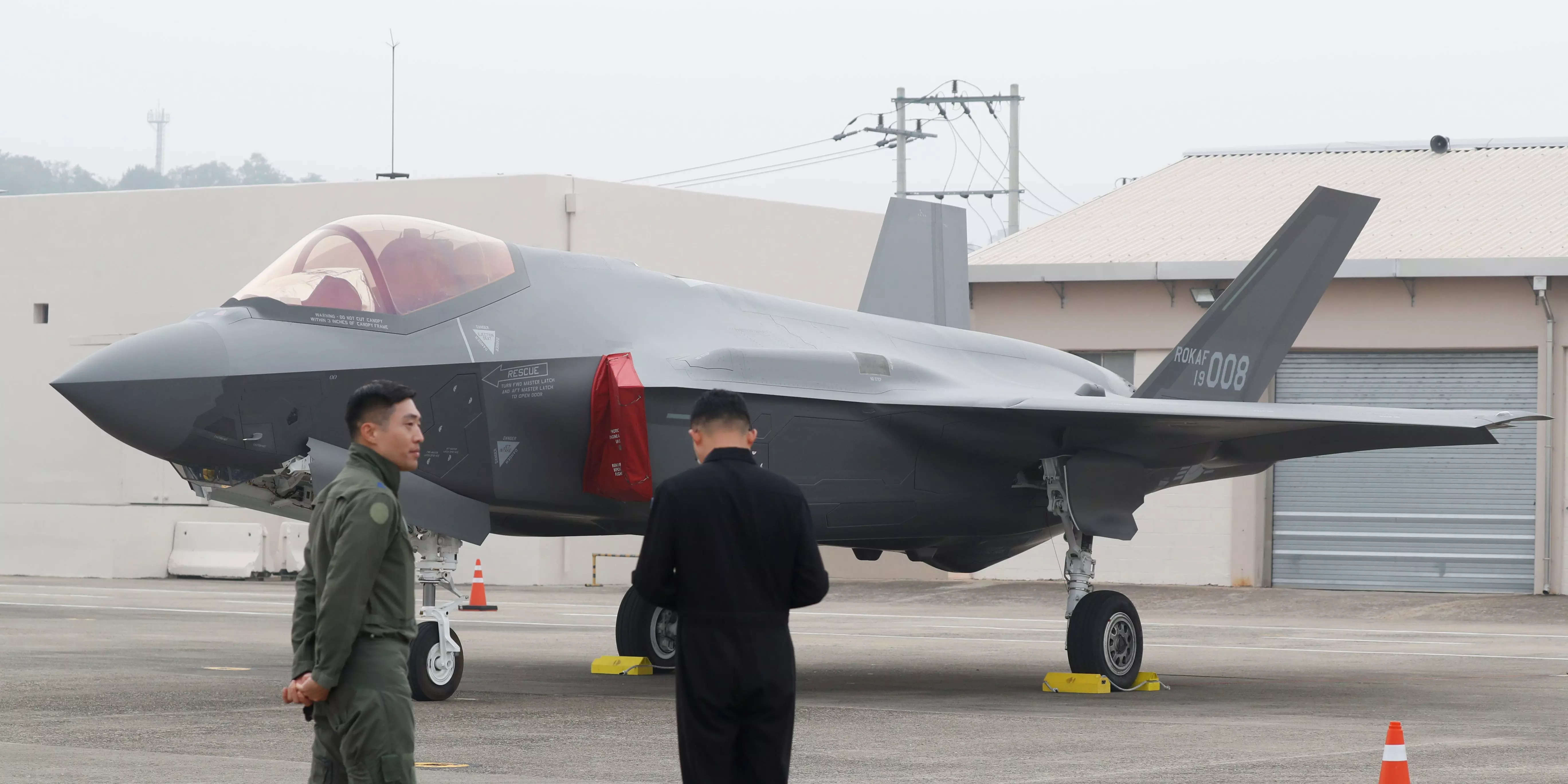But ventilation is required to cool down components which i mentioned.
Through Google search i found some images & diagrams.
In the pic here which u just shared there is a scoop to take air in just above rear landing door.
View attachment 129082
View attachment 129083
And some air could be taken from RAM-air inlets inside the Y-duct.
All this air required for cooling components, cockpit cannot be dumped into engine bcoz then seprate network of tubing, fixing have to be done. So they are vented through micro-mesh vents located nearby. Such vents can be easily seen on upper & lower sides of F-22.
Here is a block diagram of Thermal Management System
View attachment 129084
Here is another block diagram
View attachment 129087
Here is a small comparison b/w some components of F-16 & F-35
View attachment 129089
As we can see on F-16 side-
- Ram-air heat exchanger is there so that air needs vents
- Air-cycle ECS & Vapor-cycle ECS, their air needs vents
- APU needs vents
- Accessory Drive or gearbox need cooling & ventilation
On the F-35 side -
- Engine starter is the APU or IPP (Integrated Power Pack)
- Ram-air heat exchanger has become Fan Duct heat exchanger
- ECS has become PTMS or Power & Thermal Management System
Here is another comparison of certain components related to ECS/PTMS tested on testbeds like F-16 AFTI & then evolved for future platforms like F-22 & F-35
View attachment 129090
So in F-35 also there must be similar arrangement which we are not aware/confirmed yet. These things are not secret/classified anymore. People like engineers, pilots & even mechanics working in DoD or even civil aviation & even the aeronautical students a jet engine well, can throw significant insight into this. All it requires is a labeled diagram.




